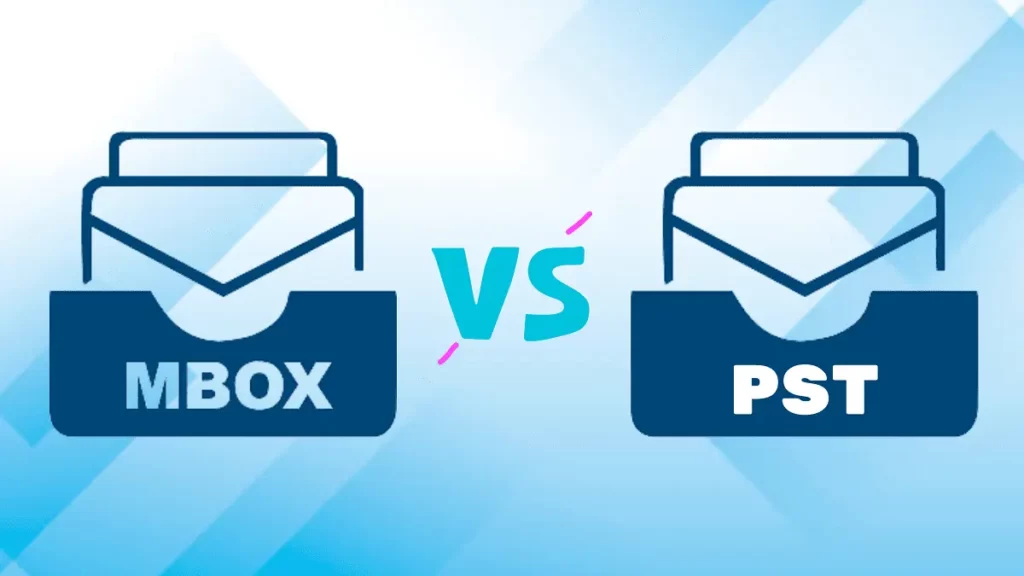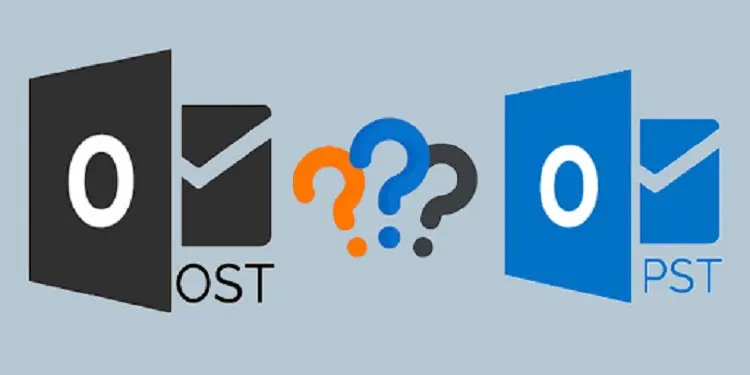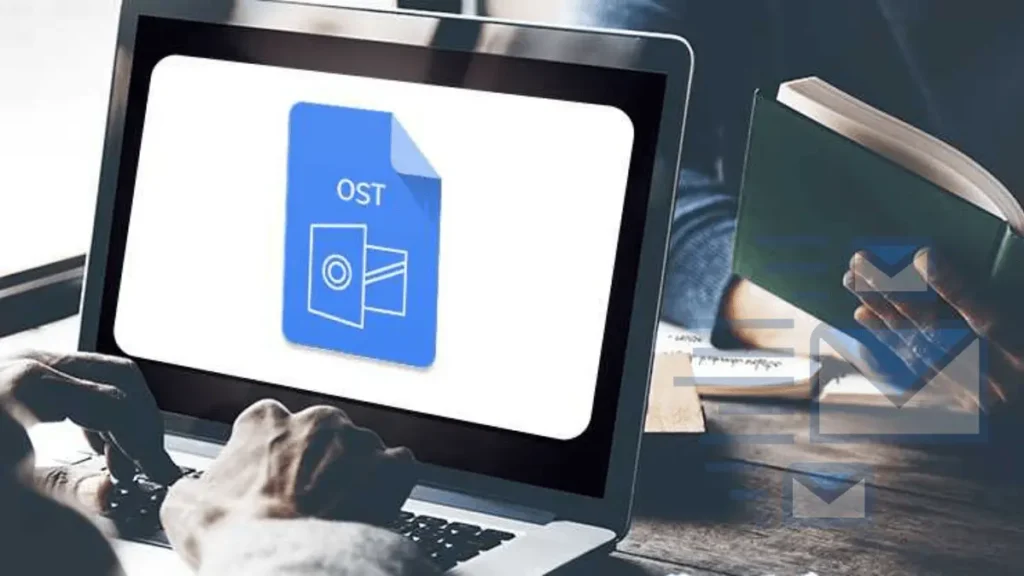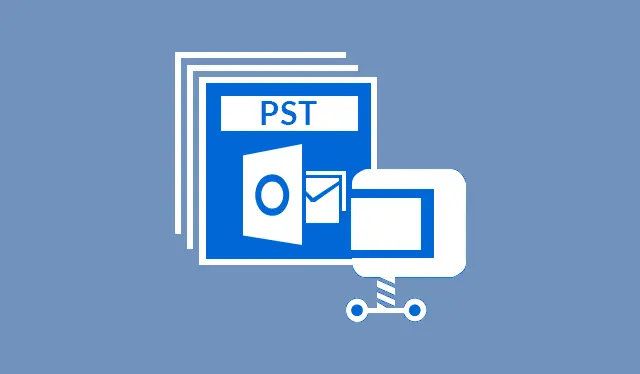In this blog, we will discuss how you can make your email management workflow smooth. EML vs MSG differences are also covered; so let’s start.
When it comes to email storage and management, you might encounter two file extensions: EML and MSG. Both formats serve the purpose of saving individual email messages, but there are key differences between them. This article delves into these distinctions to help you understand which format best suits your needs.
What is an EML File?
EML stands for Email Message File. It’s a widely used, text-based format for storing a single email message. Think of it as a digital envelope containing all the components of an email, including:
- Sender and recipient information
- Email subject line
- Email body content (text, HTML, or RTF)
- Attachments (stored as references within the file)
Due to its text-based nature, EML files are generally smaller in size compared to MSG files. This makes them easier to send via email and store on various devices.
What is an MSG File?
MSG stands for Outlook Message File. As the name suggests, this format is proprietary to Microsoft Outlook and designed specifically for storing Outlook data, including emails, contacts, and notes. An MSG file encapsulates all aspects of an email similar to an EML file, but with some additional capabilities:
- Richer formatting options: MSG files can handle more complex email formatting beyond just text, HTML, and RTF.
- Custom fields: MSG files can store custom fields specific to Outlook, like voting buttons or follow-up flags.
- Integration with Outlook features: MSG files leverage features unique to Outlook, such as message flags and reminders.
However, due to these additional features, MSG files tend to be larger than EML files.
Key Differences Between EML and MSG Formats
Here’s a table summarizing the key differences between EML and MSG formats:
| Feature | EML File | MSG File |
|---|---|---|
| Compatibility | Widely supported by most email clients | Primarily compatible with Microsoft Outlook |
| File Size | Smaller | Larger due to additional features |
| Content | Text, HTML, RTF, attachments (referenced) | Text, HTML, RTF, attachments (embedded) |
| Additional Features | Limited | Custom fields, voting buttons, follow-up flags |
Security Considerations: EML vs MSG
While both EML and MSG formats have their advantages, it’s important to be aware of potential security implications when handling these files.
- EML Security: EML files, due to their text-based structure, might be susceptible to content manipulation. A malicious actor could potentially alter the content within an EML file before it reaches the recipient. This is because the text-based format offers less protection against data alteration compared to compiled formats.
- MSG Security: MSG files, while generally secure within the Outlook environment, might be more vulnerable to malware targeting Outlook specifically. Since MSG files leverage features unique to Outlook, malware creators might exploit vulnerabilities in how Outlook processes these files. Additionally, malicious actors could embed malware within attachments stored inside MSG files.
General Email Security Practices:
Here are some general security practices to keep in mind when dealing with both EML and MSG files:
- Exercise caution with unsolicited emails: Regardless of the format (EML or MSG), be wary of opening email attachments from unknown senders. These attachments could contain malware.
- Use a reputable email security solution: A robust email security solution can help scan incoming emails (including attachments in EML or MSG format) for potential threats.
- Keep your email client and operating system updated: Regular updates often include security patches that address vulnerabilities that could be exploited by malware.
Choosing the Right Format: EML vs MSG
The choice between EML and MSG depends on your specific needs:
Use EML if:
- You need a universally compatible format for sharing emails across different email clients.
- File size is a concern, and you prioritize a smaller footprint for storage and transfer.
- You don’t require advanced email formatting or features specific to Outlook.
Use MSG if:
- You primarily use Microsoft Outlook for email management.
- You need to preserve advanced formatting or utilize features like custom fields and voting buttons.
- File size is not a major constraint.
Additional Considerations:
- Converting between EML and MSG formats is possible using third-party tools or through Outlook’s import/export functionality (for MSG to EML conversion). here is the list of the best msg and EML converter tools.
- While EML files offer broader compatibility, some email clients might not display complex formatting elements perfectly.
Conclusion
EML and MSG formats serve various email management needs. Understanding their strengths and limitations allows you to make informed decisions about storing and sharing your emails. By considering compatibility, file size, and the features you require, you can choose the format that best suits your workflow.




